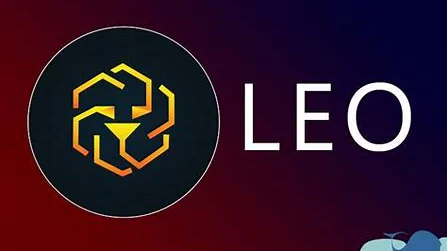
About UNUS SED LEO (LEO)
24 hr
| Low:$3.57 | High:$3.84 |
UNUS SED LEO (LEO) was launched by iFinex, the parent company of the Bitfinex cryptocurrency exchange and stablecoin Tether, in May 2019. It is a utility token designed to provide various benefits and services of Bitfinex. Bitfinex is one of the largest cryptocurrency exchanges in the world, and the launch of LEO is seen as a confidence booster for the company as it faces legal and financial challenges, including lawsuits alleged trade and piracy.
The token was launched through a private sale, where 1 billion LEO tokens were sold to investors in the exchange USDT (Tether) at a price of $1 per token, raising a total of $1 billion in just ten days. The sale was recorded, indicating high demand for the brand.
LEO offers Bitfinex users a variety of benefits, including reduced trading fees, access to exclusive services, and discounts on other platform fees. The token is also being used to help Bitfinex overcome the financial crisis, and the company is using LEO to buy back and fire to reduce the supply and support the value of the token.
History of Unus Sed Leo
The value coin was launched in 2019. A white paper was published in May 2019 by Unus Sed Leo Limited, a British Virgin Islands limited company, established for the purpose of issuing LEO coins. Unus Sed Leo Limited is a subsidiary of iFinex. The LEO token serves as an environmental resource token for their products established by Bitfinex, a cryptocurrency trading system owned by the company iFinex. The coin was issued under an initial exchange offering (IEO) from May 2019 to May 13, 2019. It was reported that Capital Corporation, a payment processor that holds funds from other exchanges, including QuadrigaCX, (payment processing company iFinex) has. some of its money is held by the government in illegal transfers between Tether Inc and the trading platform Bitfinex. Bitfinex, the first exchange where LEO is widely used, is a subsidiary of iFinex. iFinex warned that it may not be possible to recover the lost money in its case with the government. To cover the shortfall, he decided to launch LEO token and sell it through IEO to get $1 billion, where each LEO token is involved in 1 USDT to give $1 billion during fundraising.

After the hack in 2016, Bitfinex reportedly covered losses from the hack by its sister company, Tether Inc, where $850 million was allegedly taken from Tether securities. The New York government said it was an illegal transfer, which should be avoided. iFinex has decided to launch UNUS SED LEO (LEO) tokens on Ethereum Blockchain and EOS Blockchain in order to avoid unauthorized transfer of charges. Although tokens are issued on one blockchain, LEO is introduced on two blockchains where 64% seats in Ethereum and 36% in EOS. In the IEO, iFinex successfully raised $1 billion from investors, which will be cleared by fire and redeemed at a market rate of 27% of iFinex’s monthly net profit. To maintain the confidence of the investors, a dedicated dashboard has been created to break down the “buy and burn” process in detail and the current distribution is immediately available. The first part of the fire system involves only money from business debt. In the next phase, funds from other iFinex products will be used. The extraction and burning will continue until 100% of the 1 billion LEO tokens are burned. Moving forward, there will be no LEO signal when the pump is at 100% power.
What makes UNUS SED LEO unique?
The burning trend means that iFinex is trying to buy UNUS SED LEO from the market every month. The amount of money bought in the fire is equal to at least 27% of the income from iFinex – and the tokens are bought at the market price. In a press release at the time, the company said, “The fire process will continue until 100% of the tokens are redeemed.”
While some cryptocurrencies only launch on one blockchain, the LEO token has been issued on two blockchains. Although 64% of the initial supply is in Ethereum, the remaining 36% can be found in EOS.

